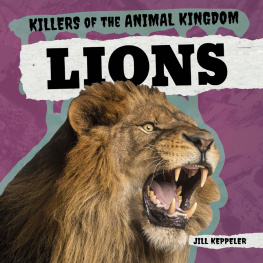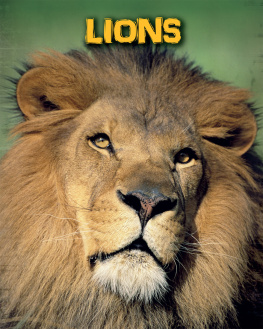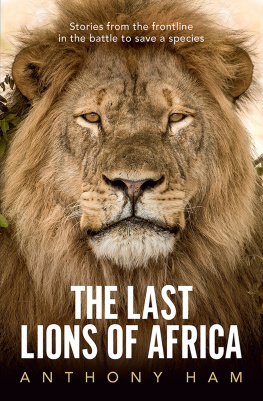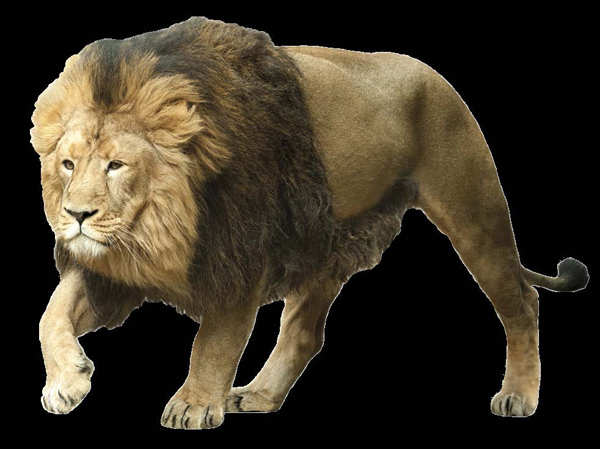Published in 2020 by The Rosen Publishing Group, Inc.
29 East 21st Street, New York, NY 10010
Copyright 2020 by The Rosen Publishing Group, Inc.
All rights reserved. No part of this book may be reproduced in any form without permission in writing from the publisher, except by a reviewer.
First Edition
Editor: Elizabeth Krajnik
Book Design: Reann Nye
Photo Credits: Cover, p. 22 Eric Isselee/Shutterstock.com; p. 4 Olga_i/Shutterstock.com; p. 5 Kakuli/Shutterstock.com; p. 6 Glass and Nature/Shutterstock.com; p. 7 COULANGES/Shutterstock.com; p. 8 apple2499/Shutterstock.com; p. 9 Maggy Meyer/ Shutterstock.com; p. 11 Chris Minihane/Moment/Getty Images; p. 12 Image captured by Joanne Hedger/Moment/Getty Images; p. 13 Jason Prince/Shutterstock.com; p. 15 Catalin Mitrache/500px/Getty Images; p. 16 Ivan Mateev/Shutterstock.com; p. 17 Mogens Trolle/Shutterstock.com; p. 18 Eugene Troskie/Shutterstock.com; p. 19 Wolfgang Kaehler/LightRocket/Getty Images; p. 20 LeonP/Shutterstock.com; p. 21 MONIRUL BHUIYAN/AFP/Getty Images.
Library of Congress Cataloging-in-Publication Data
Names: Keppeler, Jill, author.
Title: Lions / Jill Keppeler.
Description: New York : PowerKids Press, [2020] | Series: Killers of the animal kingdom | Includes index.
Identifiers: LCCN 2019006151| ISBN 9781725306134 (paperback) | ISBN
9781725306158 (library bound) | ISBN 9781725306141 (6 pack)
Subjects: LCSH: Lion--Juvenile literature.
Classification: LCC QL737.C23 K47 2020 | DDC 599.757--dc23
LC record available at https://lccn.loc.gov/2019006151
Manufactured in the United States of America
CPSIA Compliance Information: Batch #CSPK19. For Further Information contact Rosen Publishing, New York, New York at 1-800-237-9932.
POWERFUL CATS
Have you ever watched a pet cat stalk a toy? It will move carefully and quietly, hiding behind furniture or other cover, getting closer and closer, and then... pounce! Lions are much bigger relatives of pet cats, but they hunt their prey in much the same way.
Lions are powerful big cats, with strong muscles, sharp claws, and deadly teeth. They need to eat a lot of meat to keep going! A female lion needs about 11 pounds (5 kg) of meat a day, while a male lion needs about 15.4 pounds (7 kg). That means they need to be good killers.

Lions usually hunt and eat big animals that weigh 100 to 1,000 pounds (45.4 to 453.6 kg), such as zebra and antelope.
PRIDE LANDS
Many years ago, lions had a much larger range than they do now. They lived across Europe, Africa, and Asia. Today, however, they mostly live in parts of Africa, south of the Sahara Desert. A small group of lions lives in India.
KILLER FACTS
Asiatic lions are the only lions that live in the forest. They live in Indias Gir Forest National Park. There are only about 500 of them left.

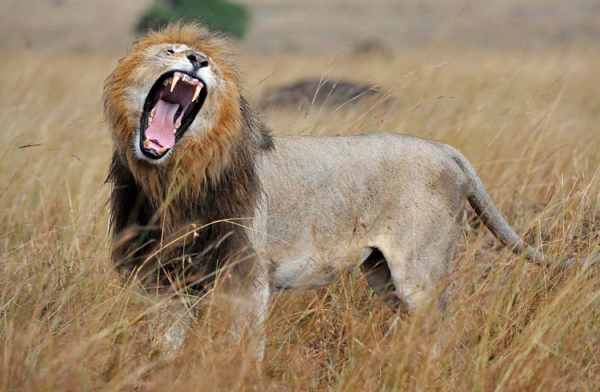
Lions roar, usually in the evening and in the morning, to show that territory is theirs. This roar can be heard up to 5 miles (8 km) away.
Many people think lions live in the jungle, but they mostly live in grasslands and savannas. Each group, or pride, of lions has a territory that it protects against other lions. This territory can be about 7.7 to 154.4 square miles (20 to 400 sq. km) depending on how much prey is around.
KING OF THE BEASTS
You may have heard the lion called the king of beasts. Male lions are bigger than female lions. They can be about 6 to 10 feet (1.8 to 3 m) long, not counting their tail. They can stand about 4 feet (1.2 m) tall and can weigh up to 500 pounds (226.8 kg).
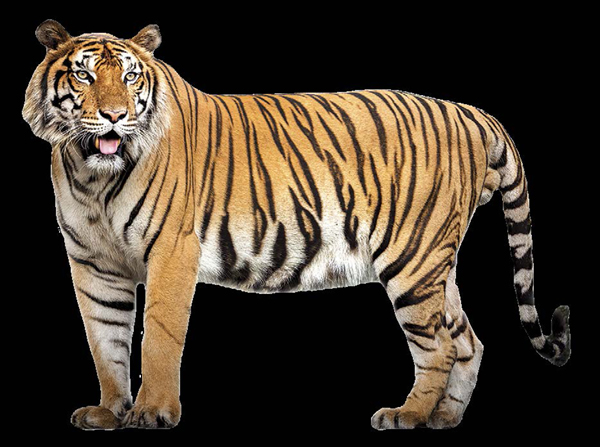
SIBERIAN TIGER
KILLER FACTS
Despite their nickname, lions are often smaller than tigers. Siberian (Amur) tigers are the biggest tigers. They can weigh up to 660 pounds (299.4 kg) and be up to 13 feet (4 m) long!

Lions can be tan, dark brown, or many shades in between.
Male lions also often have manes. This shaggy, darker fur may cover their head, neck, and shoulders. It makes a lion look bigger and may help them scare off other lions! Lionesses are strong, too. They do much of the hunting in most lion prides.
QUEENS OF THE SAVANNA
Each pride of lions can have up to 40 members, but the average pride has 15 lions. There will be one or a few adult males, plus many lionesses and their cubs. All the lionesses in a pride are related. There are generations of lionesses in a single pride!
Lionesses usually are the main hunters in a lion pride. They also raise their cubs together. Sometimes the male lions help with hunts, but their main duty is to guard the pride and its land. Lionesses may hold the same land for years, passing it down to younger generations.
KILLER FACTS
Lions are social creatures. Theyre the only cats that live in groups. Members of a pride usually form smaller groups within a pride.
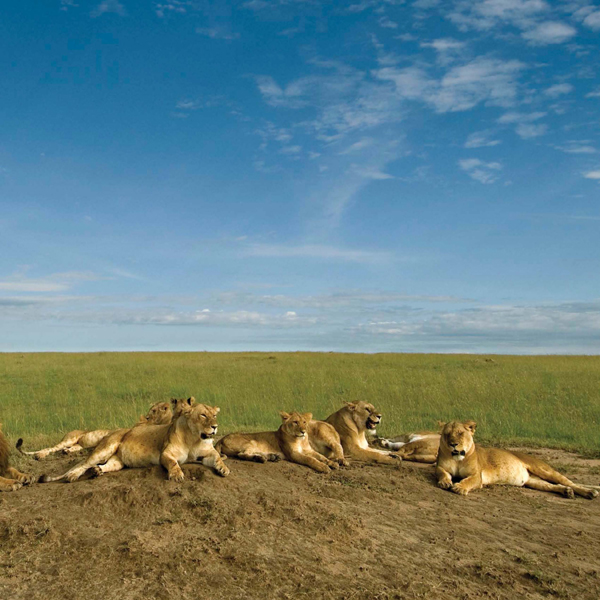
The lionesses in a pride may include grandmothers, mothers, daughters, and sisters.
CUBS TO KILLERS
In the wild, lionesses have litters of one to six cubs about every two years. Lionesses in the same pride often have cubs around the same time and raise them together. Lion cubs are tiny and blind when theyre born, but they grow fast! Theyre able to eat meat when theyre about three months old. Cubs start taking part in hunts when theyre about a year old.
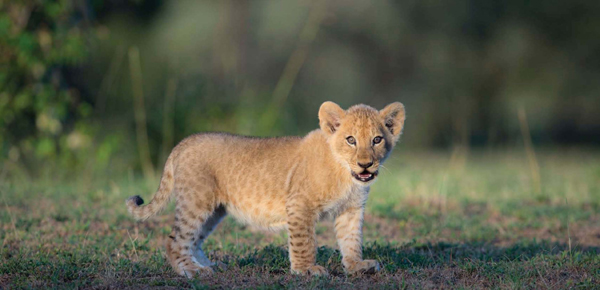
Lion cubs have dark spots when theyre born. These spots disappear as the cub gets older.
Most lionesses will stay with the pride when theyre grown. Male lions usually leave the pride when theyre about three years old. They live alone or with other males unless they take over a pride when they get older.
MIGHTY HUNTERS?

